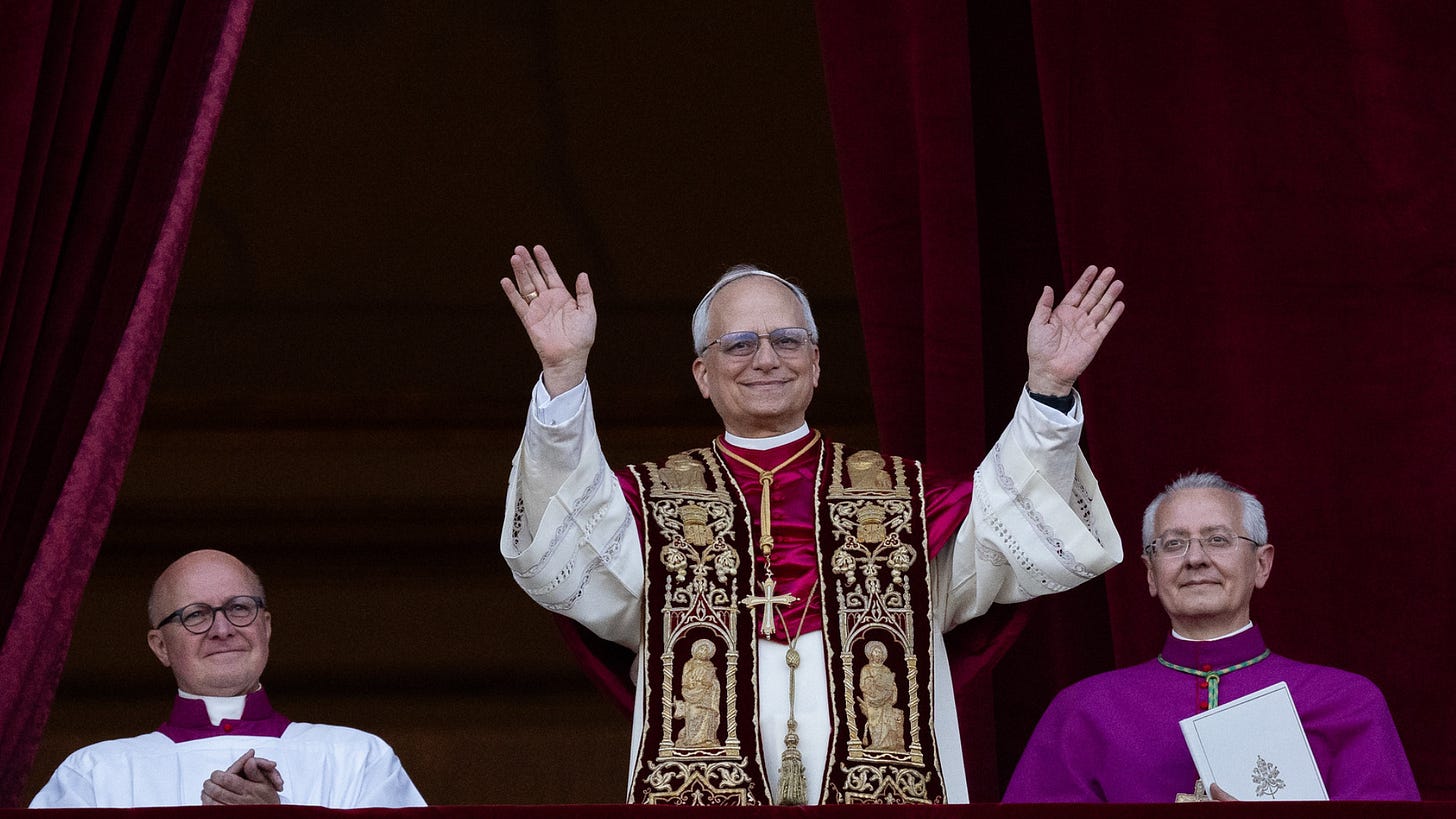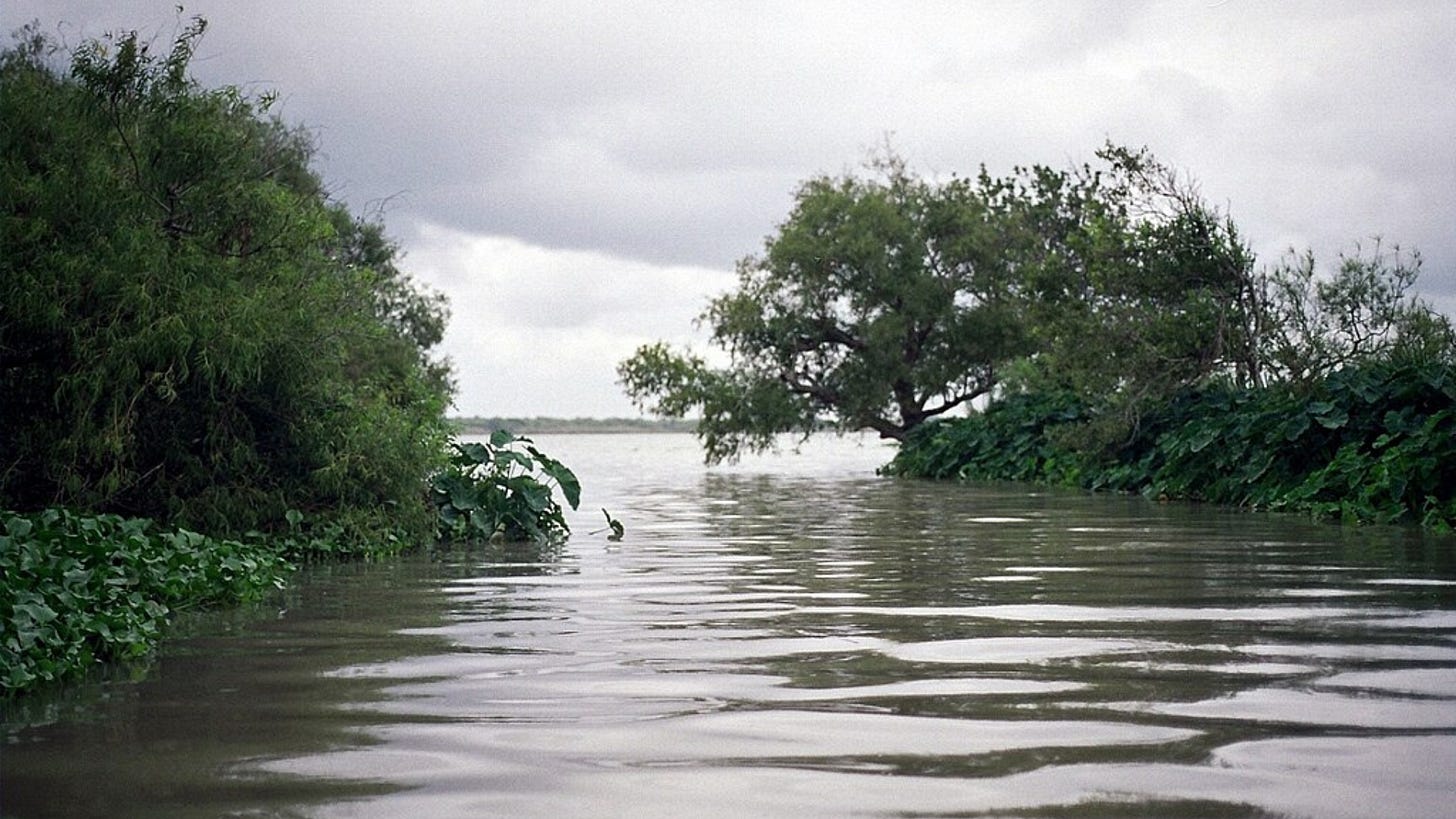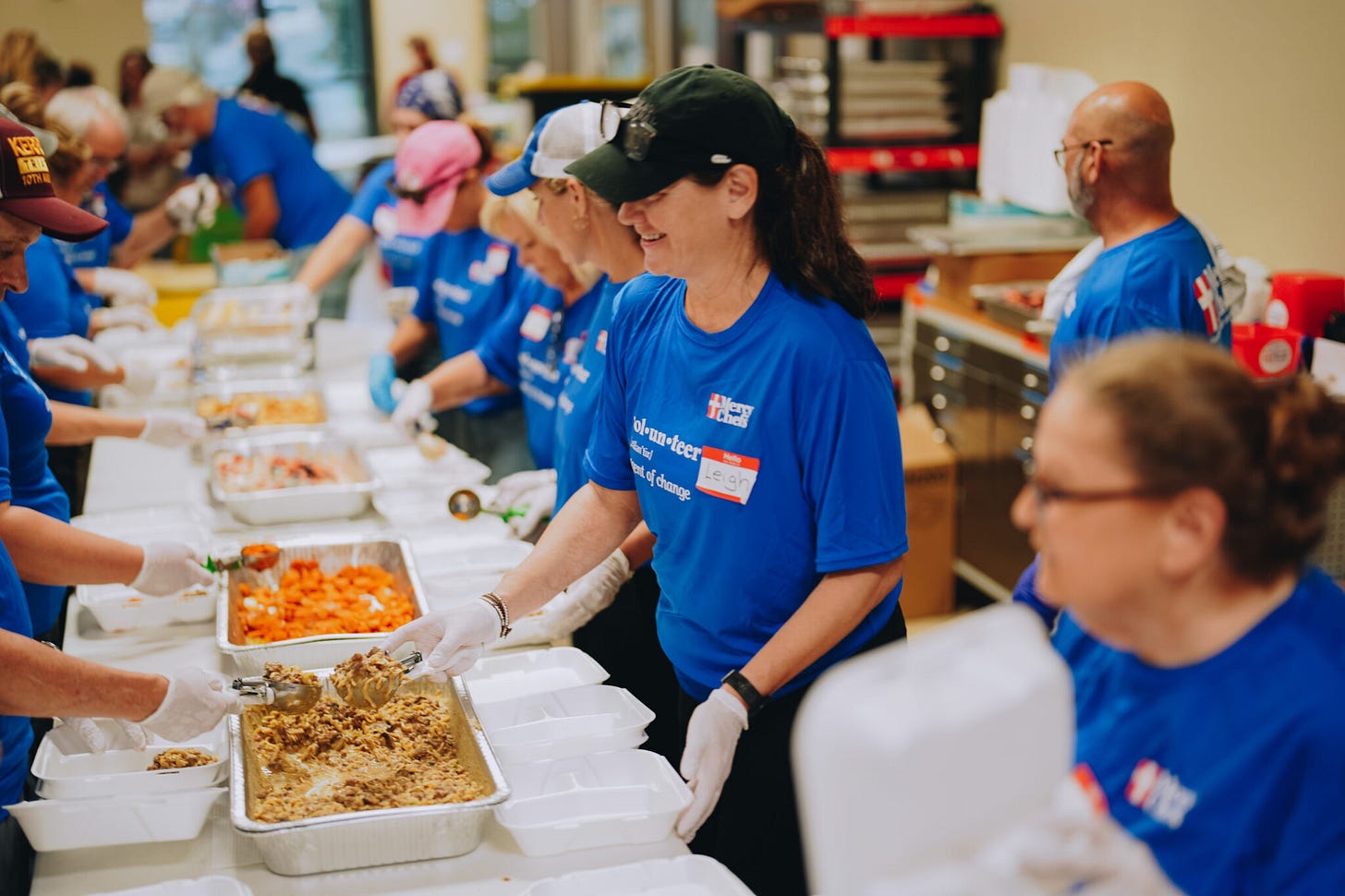Today's floods are tomorrow's warnings
Another pope speaks out, devastating Texas floods, and why it's so important to connect the dots on extreme weather and climate
Pope Leo XIV appears to share Pope Francis’ commitment to emphasizing the dangers posed to humanity by climate change. Last Wednesday, he held a special Mass in the gardens of the Vatican’s new ecological educational center, calling on people to change their mind about what is causing “the world to burn” and urging Catholics to “hear the cry of the poor.”
“We must pray for the conversion of so many people, inside and out of the church, who still don’t recognize the urgency of caring for our common home,” he said. “We see so many natural disasters in the world, nearly every day and in so many countries, that are in part caused by the excesses of being human, with our lifestyle.” Leo also approved a new Mass “for the care of creation,” one of 49 Masses that priests can use when a need arises.
As you know from reading this newsletter, it’s not only the Pope who has these concerns. Many other Christians and people of faith share them; and even in the Catholic church, he is not alone. Earlier this month, Catholic bishops from Asia, Africa, Latin America and the Caribbean co-authored a statement titled “A Call for Climate Justice and the Common Home: Ecological Conversion, Transformation and Resistance to False Solutions.”
“The climate crisis is an urgent reality,” they write. “It is not just a technical problem: it is an existential issue of justice, dignity and care for our common home.” The bishops also call on the Global North and Global South to work together to solve the problem, and reject “the commodification of nature and extractivism, which perpetuate exploitation and injustice.”
With 1.5 billion Catholics around the world, the fact that their leader is once more speaking out on the urgency of climate change is heartening!
The devastating July 4 flooding along the Guadalupe River in the Texas Hill Country has been on my mind constantly the past few weeks. Many summer camps lie along the river, and the most tragic deaths are those of the young campers and counselors who were swept away in the flood. As of this week, the death toll was 135, with at least 100 people still missing.
The Texas Hill Country is known as “flood alley” for its high flash flood risk. As always, though, climate change amplifies existing risks, making bad situations worse. The risk of extreme rainfall has already increased. Warmer air holds more water vapor, fueling heavier downpours and leading to more extreme rainfall events. In the case of these floods, it’s estimated they increased the rainfall over the area by at least 7%, which in turn enhances river flood risk by much more.
In a warming world where weather extremes are becoming more extreme, we don’t need less information—we need more. But in the U.S., federal budget cuts are decimating National Weather Service offices, NOAA research labs, weather balloons, satellite observations, and more: exactly when we need timely, accurate science to help understand the risks we face and make informed decisions that protect lives.
After disaster hits, it’s natural for people to ask: What just happened? But unless someone helps connect the dots between that event and climate change, most people won’t link the two—no matter how extreme the weather was.
A new global study looking at nearly 72,000 people across 68 countries found that just experiencing extreme weather wasn’t enough to increase people’s support for climate policies. What did make a difference? Understanding that climate change played a role in making the event worse.
This is true for the floodwaters that were supersized by climate change across the US just the other week, with 1-in-1000 year floods in Texas, New Mexico, Illinois and North Carolina. It’s also true for the record-breaking heatwave in Europe the last week in June, which smashed records across the continent and caused an estimated additional 1,500 deaths thanks to climate change.
This is a crucial insight. It means that if we want climate action to grow, we can’t assume extreme events will speak for themselves. People need trusted messengers—neighbours, friends, colleagues, health professionals—who can explain how climate change is affecting our lives here and now. In other words, they need you!
For more on how to talk about the connection between climate change and extreme weather events, watch this Global Weirding episode, and read this essay I wrote with former Talking Climate guest editor Fredi Otto.
And if you would like to help with flood relief efforts in Texas, consider the Kerr County Flood Relief Fund through the Community Foundation of the Texas Hill Country; Texas Search and Rescue that is helping on the ground to locate the missing; Mercy Chefs, a faith-based non-profit helping feed people on the ground; and the Spirit of Giving Fund set up by HEB, the beloved Texas grocery chain.
To learn more about the connection between climate change and the Texas floods, and how we can prepare for and mitigate these risks in the future, read my essay in TIME magazine.









Today’s floods are yesterday’s warnings. 😉
Unfortunately, my devout Catholic family members and extended family fully support trump and his destructive agenda. Only my sister and I have abandoned the church for a more logical and environmentally conscientious way of life. We both hope that other family members will come to their senses.